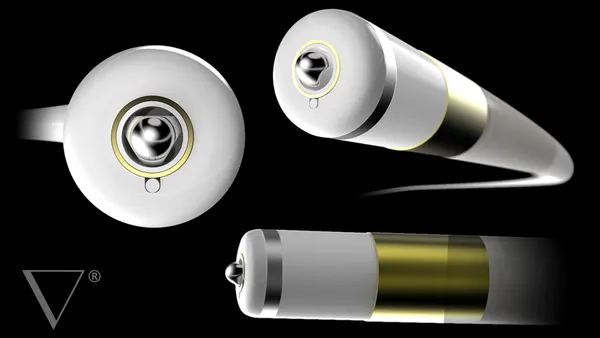Dive Brief:
- Health insurer Anthem has added prostatic urethral lift to its list of covered treatments for benign prostatic hyperplasia.
- The coverage decision is a boost for Teleflex, which manufactures the UroLift implants used in the procedure to create a passage through the obstructed prostatic urethra.
- Anthem's update to its policy will give the 32 million people it insures through its commercial and Medicare Advantage products access to the treatment.
Dive Insight:
Teleflex received De Novo clearance for UroLift in 2013 and went on to use data showing it improves BPH symptoms to win coverage from insurers. Anthem, however, reviewed and revised its position on surgical and minimally-invasive treatments for BPH almost 10 times in the years after the De Novo clearance without addressing prostatic urethral lift.
That changed earlier this month when Anthem added prostatic urethral lift to the list of procedures it considers medically necessary as an alternative to open prostatectomy or transurethral resection of the prostate. Prostatic urethral lift joins water-induced thermotherapy and transurethral microwave thermotherapy on the list of minimally-invasive BPH treatments supported by Anthem.
The recommendation comes with two caveats. To be recommended for prostatic urethral lift, BPH patients need to have a prostate volume of less than 80 ml and be free from an obstructing middle lobe. Physicians need to image the patient to confirm the absence of an obstructing lobe. FDA placed the same restrictions on the use of UroLift when it cleared the device in 2013.
Anthem stated that prostatic urethral lift is investigational and not medically necessary in patients who do not meet the prostate volume and obstructing lobe criteria. The health insurer also thinks the procedure is unproven in genitourinary conditions other than BPH.
Teleflex secured the coverage by Anthem a little more than one year after the American Urological Association advised clinicians to consider prostatic urethral lift as a treatment option. The guidelines provide "moderate" support for the use of prostatic urethral lift, in part because the group's analysis of the data found transurethral resection of the prostate results in better symptom reduction and flow rate improvement.
Anthem and AUA based their recommendations on multiple clinical datasets, including a five-year follow-up study that demonstrated the durability of the effects achieved by UroLift.











